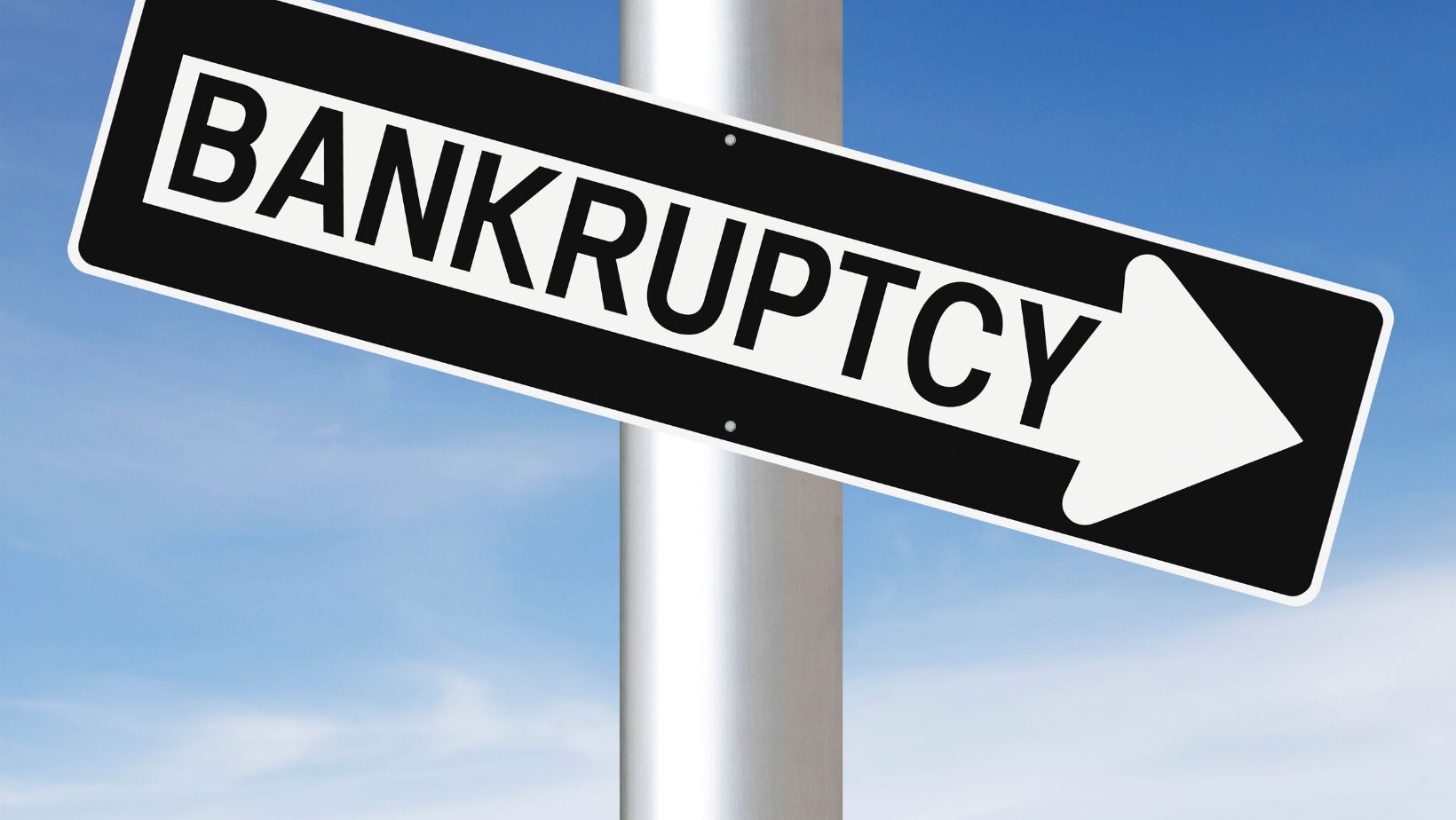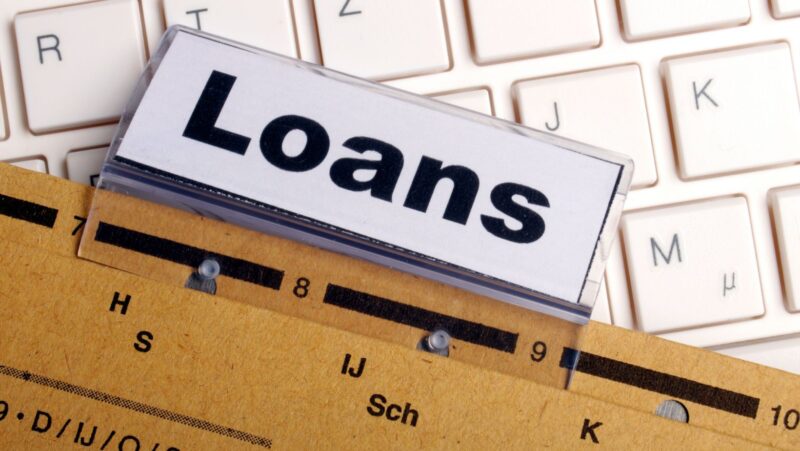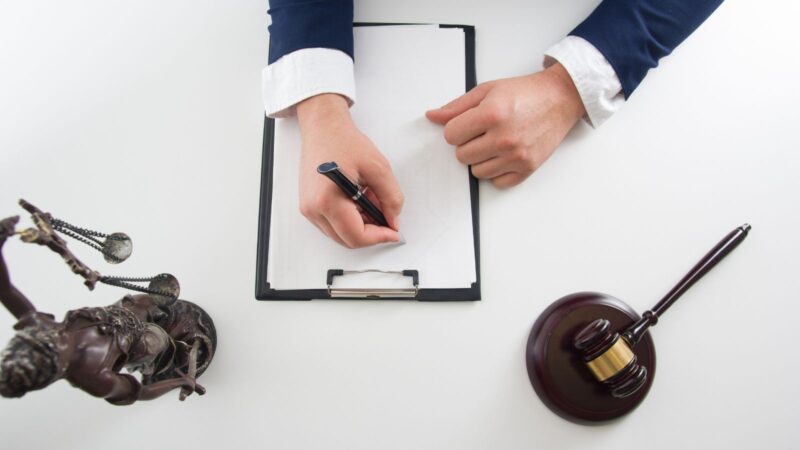
Navigating bankruptcy is a legal process designed to give individuals and businesses alike an opportunity for a fresh financial start when overwhelmed by debt. Navigating this journey takes careful thought while often necessitating professional guidance in order to do it successfully.
In this article, we’ll clarify all options available post-bankruptcy and help you understand how best to move forward. These are vitally important steps in attaining financial recovery and stability.
Different Types of Bankruptcy
Bankruptcy types vary by country. For instance, individuals experiencing bankruptcy in Canada, essentially have two options available to them: filing personal bankruptcy under Canada’s Bankruptcy and Insolvency Act (BIA) or consumer proposals as solutions.
Personal bankruptcy involves liquidating assets to settle outstanding debts with creditors. On the other hand, consumer proposals provide another method for debtors seeking relief by engaging creditors in negotiations to create structured repayment plans with lower overall payments, offering personalized solutions tailored specifically for individual situations.
Eligibility Criteria
Bankruptcy eligibility depends upon several variables, including total debt owed, income levels, and asset valuations. To file for bankruptcy under the Bankruptcy and Insolvency Act (BIA), individuals must meet specific eligibility requirements as set out by this legislation. These include residency requirements, being unable to fulfill debt payments as they come due, as well as adhering to any legal prerequisites set forth within it.
Understanding these eligibility criteria is central to knowing whether bankruptcy relief applies and exploring all available solutions for debt management and resolution.
The Bankruptcy Process
Canada’s bankruptcy proceedings start when an individual submits their petition for protection to a Licensed Insolvency Trustee (LIT), who then assumes responsibility for administering their estate and conducting an assessment of assets, liabilities, income, and expenses of the debtor. Once assessed by LITs, they notify creditors about proceedings while maintaining transparency with legal requirements as needed for compliance and accountability.
One of the key roles of LIT is to facilitate the sale of non-exempt assets, those not protected by provincial exemption laws, in order to generate funds for repaying creditors. This involves appraising asset values, working closely with auctioneers or buyers, and dispersing proceeds based on bankruptcy regulations and priority rules.
As part of their bankruptcy proceedings, debtors must also attend credit counseling and financial management courses as required. These classes aim to equip debtors with essential financial literacy skills such as budgeting, debt management strategies, and sound decision-making practices, giving them valuable tools and insight that help them navigate their current circumstances more easily and inform future choices post-bankruptcy.
Impact on Credit and Assets
On average, the Canadian credit score is 680, which is considered good, but it varies depending on many factors, bankruptcy being one of them.
Canadian bankruptcy can have serious repercussions for credit scores and asset ownership, leaving lasting marks in credit reports for years and impeding access to credit and loans. Luckily, provincial laws protect certain assets such as primary residences, essential clothing items, and tools necessary for one’s profession from seizure if bankruptcy proceedings commence.
By understanding these impacts, individuals can make better-informed choices during bankruptcy proceedings, navigate the complexities with clarity and foresight to protect important assets, and plan effectively for financial rehabilitation.
Rebuilding Financial Health
After bankruptcy, the task of rebuilding your finances must become a top priority. To successfully navigate this arduous journey, you need a plan in place that balances income with expenses, prioritizing savings as an emergency fund, and developing long-term stability through positive credit habits.
Utilizing tools such as secured credit cards featuring collateral that reduces risks to lenders can assist with rebuilding credit after bankruptcy, particularly when used alongside timely bill payments and smart borrowing practices. In addition, seeking guidance from financial counselors or professionals provides invaluable insights and tailored strategies, helping navigate post-bankruptcy rebuilding with expertise and support, and setting a solid foundation for long-term financial well-being.
Bottom Line
Navigating bankruptcy in Canada requires an in-depth knowledge of options, eligibility requirements, the bankruptcy process, and its effects on both credit and assets. Although bankruptcy is an often difficult choice to make, it can offer financial relief as well as fresh starts for both individuals and businesses alike.

With proper guidance and understanding of the nuances of Canadian bankruptcy law in their pursuit, debtors can successfully navigate this complex journey to financial recovery while exploring various solutions and taking steps toward a more secure and worry-free financial future.











